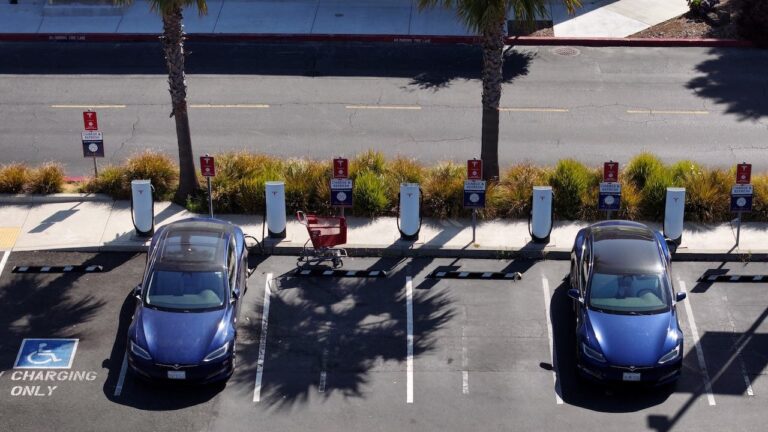Electric Vehicle Tax Credits Under Threat
If you’re considering buying an electric vehicle (EV), now may be the time to act. A Republican-led proposal known as the ‘One Big Beautiful Bill’ is moving through Congress and could eliminate the popular EV tax credit for most vehicles in 2025.

The EV tax credit, launched in 2008 and expanded under the Inflation Reduction Act of 2022, has been a driving force behind the EV boom. According to J.D. Power’s E-Vision data, 87% of EV shoppers in 2024 took advantage of the tax credit, with many citing it as a key reason for their purchase.
How the EV Tax Credit Works Now
Under current law, taxpayers can claim the EV tax credit if they meet specific income and purchase requirements. For new EVs, the credit is worth up to $7,500, while used EVs qualify for up to $4,000 or 30% of the purchase price, whichever is less.
To be eligible, buyers must meet income limits:
- $300,000 for married couples filing jointly
- $225,000 for head of household filers
- $150,000 for all other filers (new EVs)
- $150,000 for married couples filing jointly
- $112,500 for head of household filers
- $75,000 for all other filers (used EVs)
Proposed Changes to the EV Tax Credit
Both the House and Senate versions of the bill aim to eliminate the EV tax credit, but they differ in their timelines:
The House version includes a manufacturer-based phaseout, potentially affecting automakers that have sold over 200,000 EVs.
Implications for EV Owners and Buyers
The proposed elimination of the EV tax credit and introduction of an annual fee in the House version have sparked debate. While some argue that EV owners should contribute to road maintenance, others see the fee as excessive.

With the EV credit potentially ending soon, prospective buyers may want to act quickly to take advantage of the tax incentives. As the legislation progresses, staying informed about the changing landscape of EV tax credits will be crucial for consumers and industry stakeholders alike.



